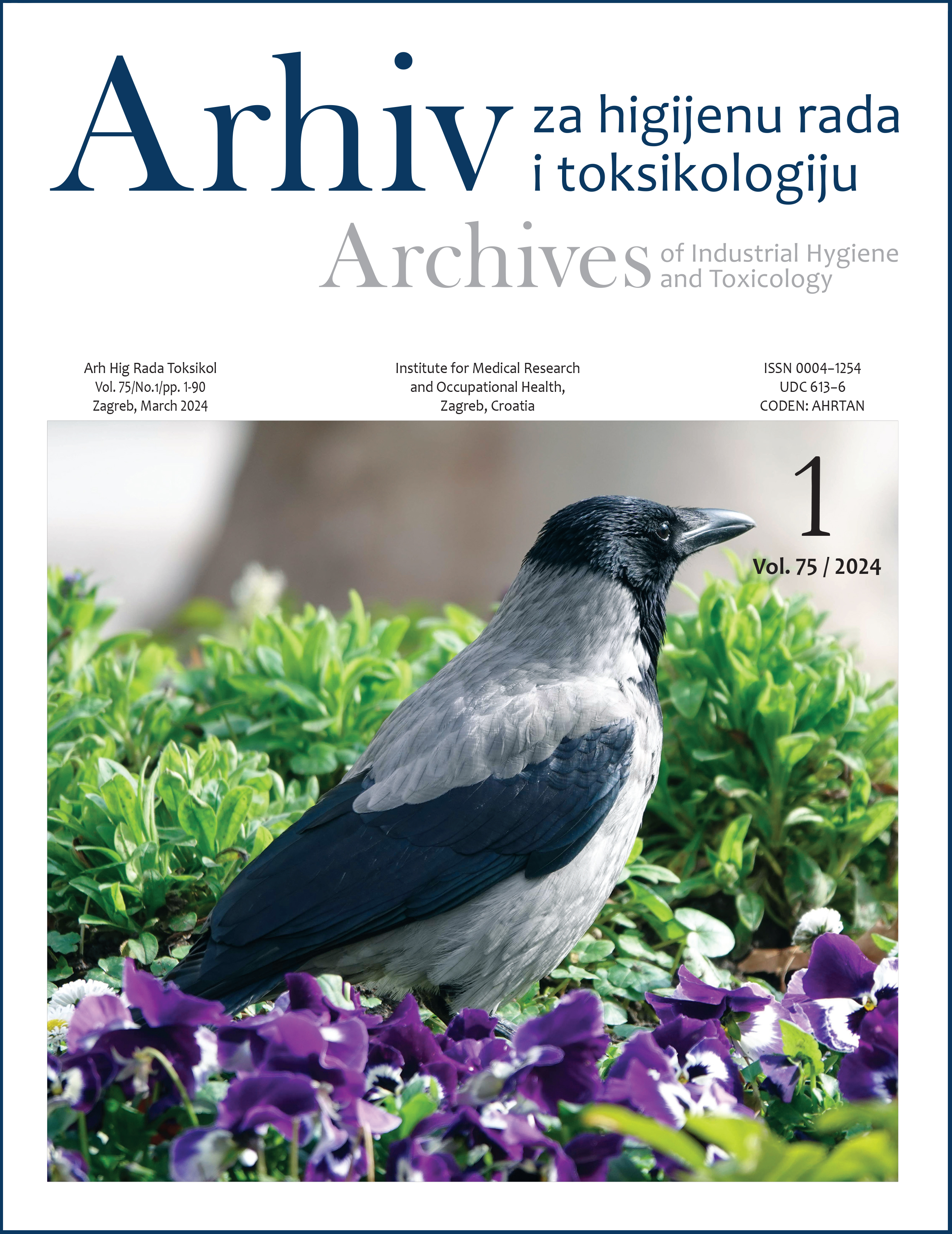Polychlorinated biphenyls in mussels, small pelagic fish, tuna, turtles, and dolphins from the Croatian Adriatic Sea waters: an overview of the last two decades of monitoring
DOI:
https://doi.org/10.2478/aiht-2024-75-3814Keywords:
artificial intelligence, environmental pollution, explainable artificial intelligence, marine environment, Mediterranean Sea, PCBs, persistent organic pollutants, POPsAbstract
This review summarises our two decades of polychlorinated biphenyl (PCB) monitoring in different marine organisms along the eastern Adriatic Sea. The aim was to gain an insight into the trends of PCB distribution in order to evaluate the effectiveness of past and current legislation and suggest further action. Here we mainly focus on PCB levels in wild and farmed Mediterranean mussels, wild and farmed bluefin tuna, loggerhead sea turtles, common bottlenose dolphins, and small pelagic fish. The use of artificial intelligence and advanced statistics enabled an insight into the influence of various variables on the uptake of PCBs in the investigated organisms as well as into their mutual dependence. Our findings suggest that PCBs in small pelagic fish and mussels reflect global pollution and that high levels in dolphins and wild tuna tissues raise particular concern, as they confirm their biomagnification up the food chain. Therefore, the ongoing PCB monitoring should focus on predatory species in particular to help us better understand PCB contamination in marine ecosystems in our efforts to protect the environment and human health.














